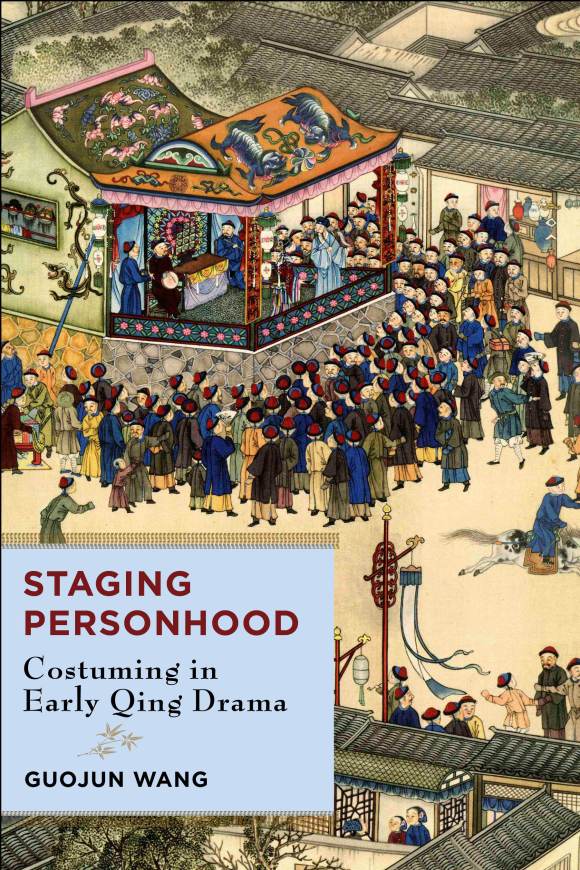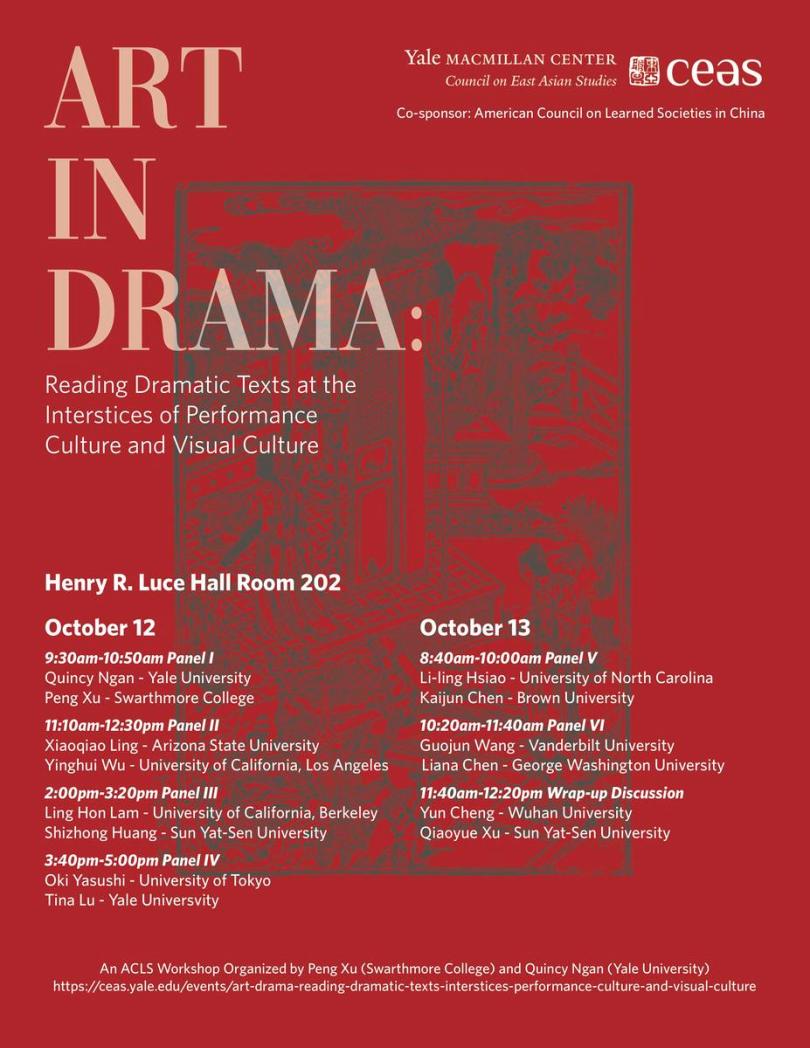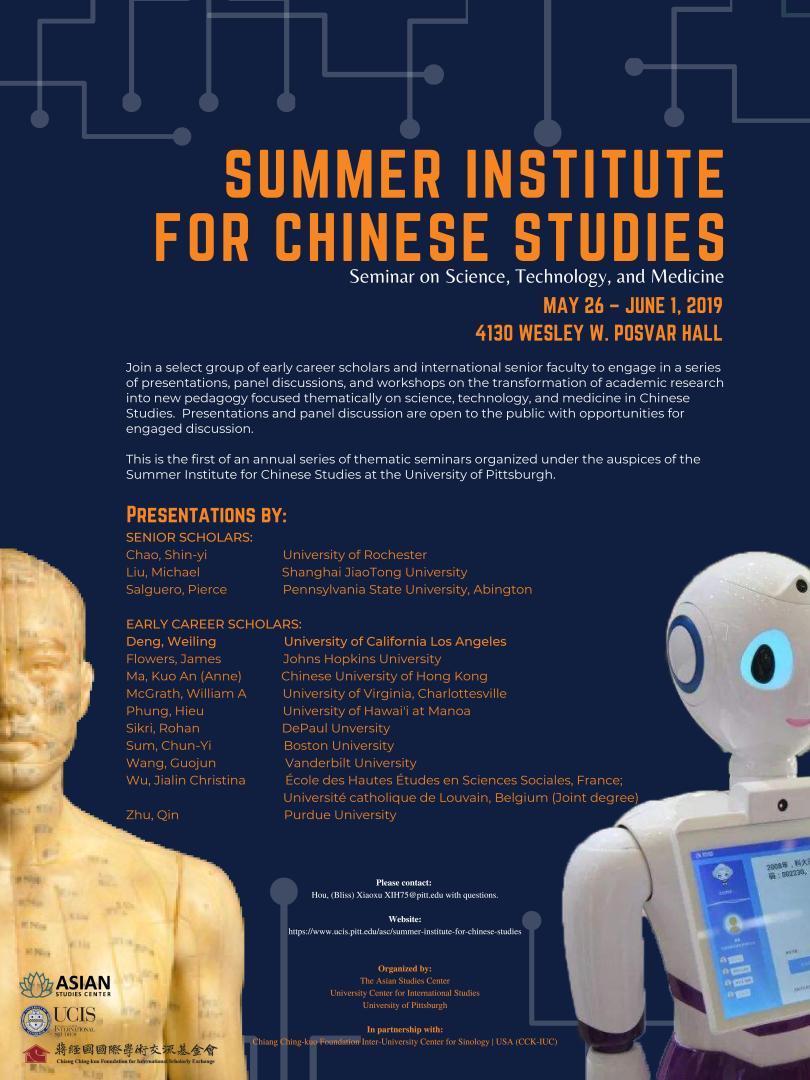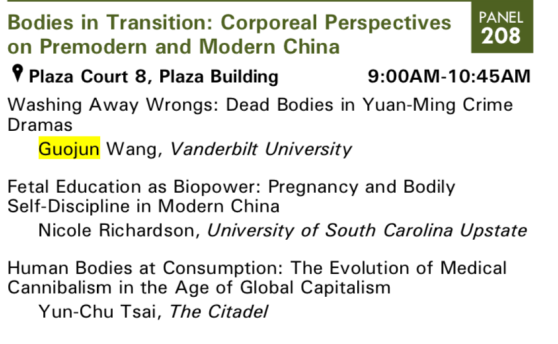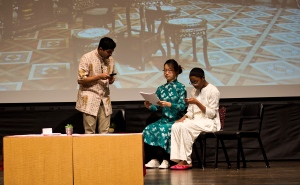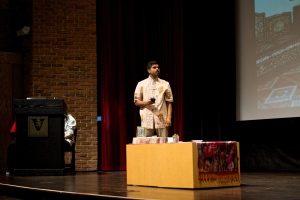A few students in my course “Romancing the Nation in Modern Chinese Literature” (2019) created this wonderful website titled Loving the Nation from Afar (click the panel on upper left corner to see pages). It selects from materials discussed in the course and showcases the complicated relations between China as a nation-state and “Chinese” people living in different parts of the world in the past century.
Credits: Xianzhen Deng, Kayla Johnson, Alexandra Triko


